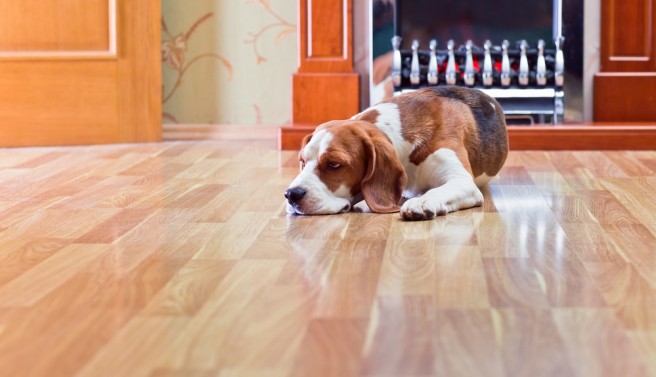Timber Flooring: Four steps to choosing the perfect design

A solid timber floor has so many benefits. Not only is it easier to clean and more hygienic than any carpet, a good quality wood will last for decades and even tends to look better as the years go by.
It’s a smart long-term investment for anybody looking to install a new floor with timeless appeal, that also requires minimal upkeep and is likely to raise the value of their home as a result, whether traditional or contemporary.
But what is the right wooden floor for you? Choosing your perfect design can be a difficult decision, so we’re here to walk you through each step…
Establish your needs
Before anything, it’s important to get a clear idea of the size of the space you are looking to cover – this information is vital for comparing accurate quotes and will save you plenty of time in the long run.
Also think about what you will be using the floor for. Will it need to withstand stilettos, workboots, or the claws of a cat? This will impact your decision for the type, finish and colour of wood you eventually choose.
Find the right wood
At a base level, you need a hard-wearing, durable material that is able to stand the test of time and floor traffic, particularly if it’s in a busy room in your home, such as the hallway.
Oak wood is great affordable option for this. Whereas softer woods will last for a year or two before showing considerable signs of wear, oak wood is a strong hardwood that doesn’t require too much maintenance and has greater resistance to surface stains and scratches.
Plan to finish
A good finish will enhance the attractive style and appearance of timber flooring, as well as providing increased resistance to moisture, wear and cracking.
There are more options than ever when choosing the perfect wood finish – including various oils, waxes, varnishes and lacquers – which makes your final decision a little tricky. Make sure to list the benefits of each before coming to a decision.
Translate the jargon
There’s a whole glossary of trade terms that you’re likely to hear at various points throughout the process of installing a timber floor. Here are a few key ones for you to gen up on…
- Bevelled edges – A bevelled edge refers to the tapered, downward sloping effect on the long edge of each floorboard.
- Expansion gap – Did you know wood floors will actually expand over time? An expansion gap around the perimeter of the room, around 10-12mm, is a common failsafe for this, particularly if the room is quite humid or subject to changes in temperature.
- Screed – This is a latex-like liquid that is used to level uneven floors before fitting the boards.
- Tongue-and-groove (T&G) – This is a common fitting for most wood boards. The tongue of one board fits snugly into the groove of another, much like a jigsaw.
If you’re weighing up your options around a new floor, we’re on hand to talk you through the right timber for the job.
Feel free to drop us an email at sales@georgehill-timber.co.uk
– or, give us a call on 0161 627 2020

